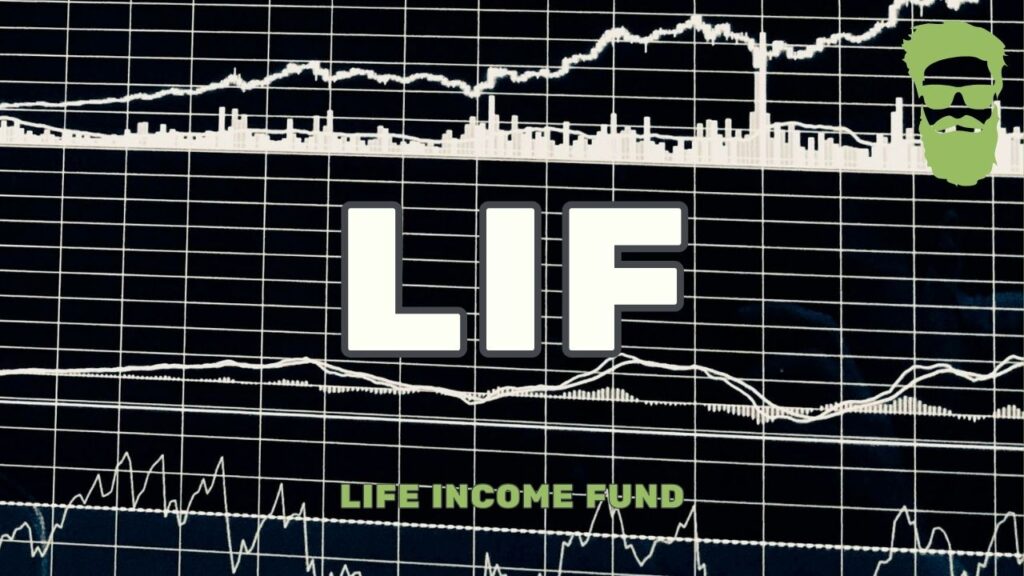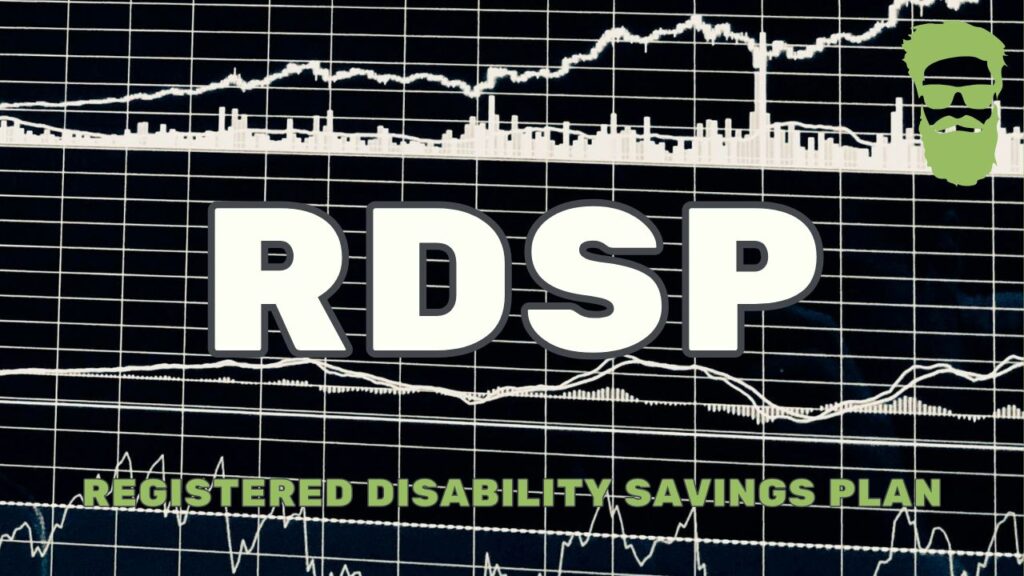The Registered Education Savings Plan (RESP) is a special investment account for your children’s post-secondary education using after-tax dollars. It offers tax advantages and government grants that help maximize your savings, but contributions are not tax-deductible. RESPs are registered education savings plans that grow tax-free until the child is ready for university, college or a vocational institute.
What is a Registered Education Savings Plan?
A registered education savings plan (RESP) is a contract between an individual (the subscriber) and a person or organization (the promoter). Under the contract, the subscriber names one or more beneficiaries (the future student(s)) and agrees to make contributions for them, and the promoter agrees to pay educational assistance payments (EAPs) to the beneficiaries. Family plans are the only RESP that allow subscribers to name more than one beneficiary. Each beneficiary must be connected by blood relationship or adoption to each living subscriber or have been so tied to a deceased original subscriber.
The Canada Revenue Agency registers the education savings plan contract as an RESP, and lifetime limits are set by the Income Tax Act on the amount that can be contributed for each beneficiary. Unless the RESP is a specified plan (as discussed on this page) the RESP must provide that no contributions (except transfers from another RESP) may be made to the plan at any time after the end of the year including the 31st anniversary of the opening of the plan. Furthermore, the plan has to be completed by the end of the year which includes the 35th anniversary of the opening of the plan. The subscriber (or a person acting for the subscriber) generally makes contributions to the RESP. Subscribers cannot deduct their contributions from their income on their income tax and benefit return. The promoter usually pays the contributions, and the income earned on those contributions, to the beneficiaries. The income earned is paid as EAPs. For more information on EAPs, see page 10. If the contributions are not paid out to the beneficiary, the promoter usually pays them to the subscriber at the end of the contract. Subscribers do not have to include the contributions in their income when they get them back. Beneficiaries generally receive the contributions and the EAPs from the promoter. They have to include the EAPs in their income for the year in which they receive them. However, they do not have to include the contributions they receive in their income.
Do you Have a Vision for Your Children’s Education?
- Are you planning to help pay/participate in the post-secondary education of your children?
- How are you planning to pay for your children’s studies and how much will it cost?
- What kind of program and where do you wish your children study?
- Are you taking fully advantage of the government grants by maximizing your contributions?
Individual or Family Plan?
- Individual
- No blood or adoption relationship required
- Can change beneficiary anytime
- One account per beneficiary
- Beneficiary must go to school to receive grants
- Family
- Allows grants to be withdrawn as soon as the first child goes to school
- Allows grants to be redistributed according to the needs of the siblings
- Only one account to manage
- Net QESI on withdrawals of older children
- Must be under 21 years of age when named beneficiary
RESP Contribution Limit and Benefits
- The lifetime contribution limit is $50,000
- You could receive a Canada Education Savings Grant (CESG) of 20% on the first $2,500 you contribute to a RESP each year ($5,000 if sufficient carry forward room exists)
- You may also qualify for additional up to an extra 20% CESG assistance
- Your investments grow tax-free inside the RESP account
Canada Education Savings Grant
The Government of Canada encourages the use of registered education savings plans (RESP) to save for a child’s post-secondary education, which includes full or part-time studies at a trade school, CEGEP, college, university, or in an apprenticeship program. Employment and Social Development Canada (ESDC) administers two education savings incentives linked to RESPs, the Canada Education Savings Grant and the Canada Learning Bond. The Canada Education Savings Grant (CESG) consists of a basic grant of 20% on the first $2,500 in annual personal contributions to an RESP (this grant is available to all eligible children regardless of their adjusted family net income), as well as the additional amount of CESG, which is:
- 10% on the first $500 of annual personal contributions for children from families with an adjusted family net income between $50,197* and $100,392*
- 20% on the first $500 of annual personal contributions for children from families with an adjusted family net income of $50,197* or less
- The CESG is available until the calendar year in which the beneficiary turns 17, and the maximum lifetime amount, including the additional amount of CESG, is $7,200.
*Adjusted family net income levels are subject to annual indexing for inflation.
Every child under age 18 who is a resident of Canada will accumulate $400 (for 1998 to 2006) and $500 (from 2007 and subsequent years) of unused CESG room. Unused CESG room is carried forward and used when RESP personal contributions are made in future years provided that the specific contribution requirements for beneficiaries who attain 16 or 17 years of age are met. Beneficiaries qualify for a grant on the contributions made on their behalf up to the end of the calendar year in which they turn 17 years of age. However, since the CESG has been designed to encourage long-term savings for post-secondary education, there are specific contribution requirements for beneficiaries who attain 16 or 17 years of age. Beneficiaries who are 16 or 17 years old may be eligible to receive the CESG if at least one of the following two conditions is met:
- a minimum of $2,000 was contributed to (and not withdrawn from) the RESP of the child before the end of the calendar year the beneficiary turned 15
- a minimum annual contribution of $100 was made to (and not withdrawn from) the RESP in at least four of the years before the end of the calendar year the beneficiary turned 15 Government grants (if applicable)
This means that you must start to save in RESPs for your child before the end of the calendar year in which your child turns 15 years of age in order for your child to be eligible to receive the CESG. The CESG and accumulated earnings will be part of the EAPs paid out of the RESP to the beneficiary. If the beneficiary does not pursue post-secondary education, the CESG is returned to the government
Canada Learning Bond
Employment and Social Development Canada (ESDC) provides an additional incentive of up to $2,000 to help low-income families start saving early for their child’s education after high school (post-secondary education). The Canada Learning Bond (CLB) money will be deposited directly into the child’s RESP. The CLB is available for eligible children from low-income families born in 2004 or later and provides an initial payment of $500 for the first year the child is eligible, plus $100 for each additional year of eligibility, up to age 15, for a maximum of $2,000. Personal contributions are not required to receive the CLB. To help cover the cost of opening an RESP, ESDC will pay $25 into the RESP to which the initial CLB of $500 is deposited in recognition of a one-time incidental expense that may be associated with opening the RESP account. Children who are in care of a public primary caregiver for whom a special allowance under the Children’s Special Allowance Act is paid, are also entitled to the CLB. Youth who meet the minimum age requirement to open an RESP in their province of residence can be their own subscriber of an RESP and request the CLB for themselves. The beneficiary must be under the age of 21 at the time of application. If the beneficiary does not pursue post-secondary education, the CLB is returned to the government. For more information on the CLB, call 1-800-O-CANADA (1-800-622-6232).
Quebec Education Savings Incentive (QESI)
The Quebec education savings incentive (QESI) is a tax measure that encourages Quebec families to start saving early for the education of their children and grandchildren. The incentive, which came into effect on February 21, 2007, consists of a refundable tax credit that is paid directly into an RESP opened with an RESP promoter that offers the QESI. For the credit to be paid to your account, the trustee designated by your RESP promoter must apply for it with Revenu Quebec. If you wish to open an RESP, you may contact an RESP promoter that offers the QESI, such as any of the following:
- a financial institution
- a group plan dealer
- a financial service provider
BC Training and Education Savings Grant Program (BCTESG)
Families in British Columbia are encouraged to start planning and saving early for their children’s post-secondary education or training program. To help, the B.C. Government will contribute a grant of $1,200 to eligible children through the BCTESG. To be eligible for the BCTESG, a child must meet the following three criteria:
- the child was born in 2006 or later
- at the time of application the child and a parent/guardian of the child are residents of British Columbia
- at the time of application the child is the beneficiary of an RESP with a participating financial institution
Children are eligible for the BCTESG on their sixth birthday up until the day before their ninth birthday.
Who Can Be a Subscriber?
Except for family plans, generally, there are no restrictions on who can be the original subscriber under an RESP:
- you and your spouse or common-law partner, as defined in our guides, can be joint original subscribers under an RESP
- a public primary caregiver of a beneficiary under an RESP may also be an original subscriber. A public primary caregiver is one who receives a special allowance under the Children’s Special Allowances Act and may be either of the following:
- the department, agency, or institution that cares for the beneficiary
- the public trustee or public curator of the province in which the beneficiary resides
If you are not the original subscriber, you can become a subscriber only if one of the following situations applies:
- you are a spouse or common-law partner, or ex-spouse or former common-law partner, of a subscriber and you get the subscriber’s rights under the RESP as a result of a court order or written agreement for dividing property after a breakdown of the relationship
- you are another individual or another public primary caregiver who has, under a written agreement, acquired a public primary caregiver’s rights as a subscriber under the RESP
- you acquired the subscriber’s rights under the RESP, or you continue to make contributions into the RESP for the beneficiary, after the death of a subscriber under the RESP
- you are the deceased subscriber’s estate that acquired the subscriber’s rights under the RESP, or that continues to make contributions to the RESP for the beneficiary, after the death of a subscriber under the RESP
All subscribers under an RESP have to give their social insurance number (SIN) to the promoter before CRA can register the RESP. Where the subscriber is a public primary caregiver, we request that they provide the promoter with their business number.
Portfolio Examples for RESPs
When it comes to investing in your child’s education, make sure the investments in your Registered Education Savings Plan (RESP) gradually become less risky the closer your children start post-secondary. A great rule of thumb is to purchase 5% of fixed income (defence) in your portfolio for the average age of your children. This allows for maximum growth while time is on your side, and maximum protection while in the final year of post-secondary education. This is based on a set time horizon of the known use of the invested funds. Here are 3 examples of potential asset allocations for your family:
- 6 year old: 6 * 5% = 30% PSA / 70% XWD
- 11 and 13 year old: 11 + 13 = 24 / 2 = 12 * 5% = 60% PSA / 40% XWD
- 2, 3 and 4 year old: 2 + 3 + 4 = 9 / 3 = 3 * 5% = 15% PSA / 85% XWD
Here is an easy-to-use table to help you with this strategy:
| ETF | PSA | XWD |
| Average Child Age | Fixed Income | Equity |
| 0 | 0% | 100% |
| 1 | 5% | 95% |
| 2 | 10% | 90% |
| 3 | 15% | 85% |
| 4 | 20% | 80% |
| 5 | 25% | 75% |
| 6 | 30% | 70% |
| 7 | 35% | 65% |
| 8 | 40% | 60% |
| 9 | 45% | 55% |
| 10 | 50% | 50% |
| 11 | 55% | 45% |
| 12 | 60% | 40% |
| 13 | 65% | 35% |
| 14 | 70% | 30% |
| 15 | 75% | 25% |
| 16 | 80% | 20% |
| 17 | 85% | 15% |
| 18 | 90% | 10% |
| 19 | 95% | 5% |
| 20 | 100% | 0% |
Death of an RESP Subscriber
Upon the death of an RESP subscriber, if an RESP is held jointly, the surviving joint owner would inherit the deceased joint subscriber’s rights in the RESP as per the rights of the survivorship provision (except in Quebec) and may continue as subscriber of the RESP. If no joint subscriber exists, the RESP is handled in accordance with the instructions in the Will. A successor subscriber may be named in the Will to continue managing the RESP.
If there is no joint subscriber or successor subscriber named, the legal representative of the estate (e.g., executor) may generally follow the provisions in the Will and provide instructions to the financial institution where the RESP is held regarding how the RESP should be handled. Some options include leaving the plan in the name of the estate (the executor would continue to manage the RESP), obtaining a refund of contributions, changing the subscriber (who would continue administering the plan), or collapsing the RESP completely. The legal representative of the estate may wish to seek legal advice on the best course of action when dealing with RESPs.
It is important to address RESPs in the Will to avoid uncertainties. Where the RESP is left unaddressed, it is possible for an estate beneficiary to take over the RESP as a new subscriber, but this may impact that beneficiary’s entitlement to other inheritance under the Will. In a situation where the RESP falls under the residue of the estate without reaching an agreement for a specific estate beneficiary to receive the RESP, the executor may need to collapse the RESP and use the proceeds to satisfy the estate entitlements. In that case, all contributions would normally be returned to the estate of the subscriber, and all Canada Education Savings Grants and any other grants or bonds remaining in the account would be refunded to the government. If certain conditions are met, an Accumulated Income Payment (AIP), which is subject to income tax and a penalty tax, may be payable to the estate. Collapsing the RESP may be contrary to the deceased subscriber’s wishes to provide educational funds to the RESP beneficiary. In cases where there is sufficient flexibility accorded to the estate trustee through the Will, it may also be possible for the executor to acquire the rights under the RESP and manage the RESP on behalf of the beneficiary. The uncertain outcomes can be avoided by providing specific arrangements for the RESP in the Will.
Except when a joint subscriber is available or a successor subscriber is named, the RESP proceeds generally form part of the deceased subscriber’s estate and may be subject to probate.
Death of an RESP Beneficiary
In the event that an RESP beneficiary dies, it may be possible to name a sibling as a replacement beneficiary, subject to certain conditions. If the RESP is a family plan, the surviving beneficiaries would be able to use any growth and government grants (excluding the Canada Learning Bond) that were received by the deceased. Where no replacement beneficiary exists or there is no other beneficiary who qualifies to use the deceased’s growth and grant, the plan can be terminated, with the grants being returned to the government and contributions refunded to the subscriber. If certain conditions are met, an AlP (which is subject to income tax and a penalty tax) can be paid to the subscriber.
Alternatively, provided sufficient RRSP contribution room exists, it may be possible for the original subscriber or his or her spouse or common- law partner to continue the tax-deferred growth of an AlP by transferring it directly into his or her own RRSP. Under this option, provided certain conditions are met, the income and penalty taxes normally associated with an AIP would be waived.





